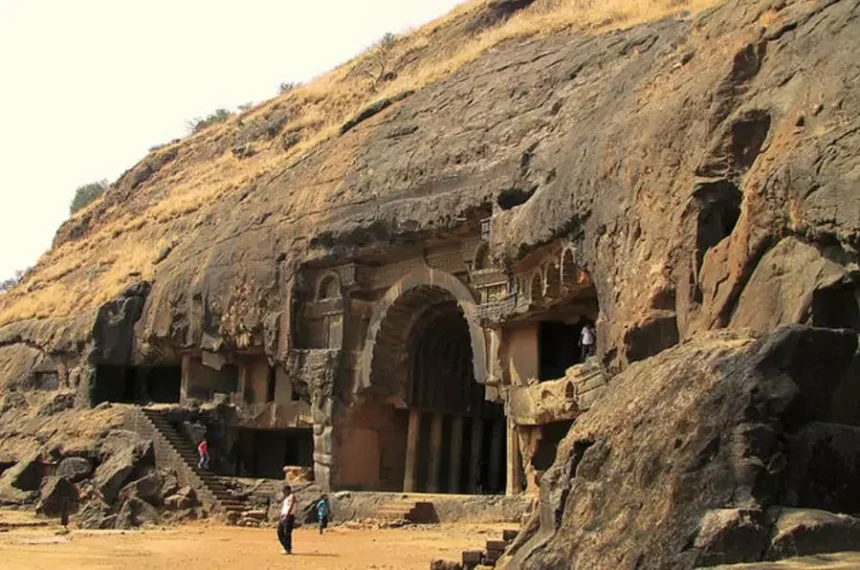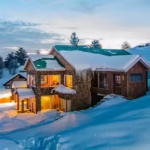In India, saying ‘let’s go explore caves’ carries a meaning far beyond the usual adventure of crawling through dark chambers. Unlike many other places where caves are purely natural wonders, in India they are living testaments of history, art, and spirituality. Some caves indeed amaze with their natural formations of stalactites and stalagmites, but many stand as cultural landmarks. From ancient rock-cut temples adorned with intricate carvings to prehistoric shelters that narrate the story of early human life, Indian caves are a unique blend of natural beauty and historical significance. Together, they form a priceless archive of the country’s religious, artistic, and cultural heritage. Best Historical Places In India
Suggested Read:- Historical Places In Ambala
1. Ajanta Caves, Maharashtra
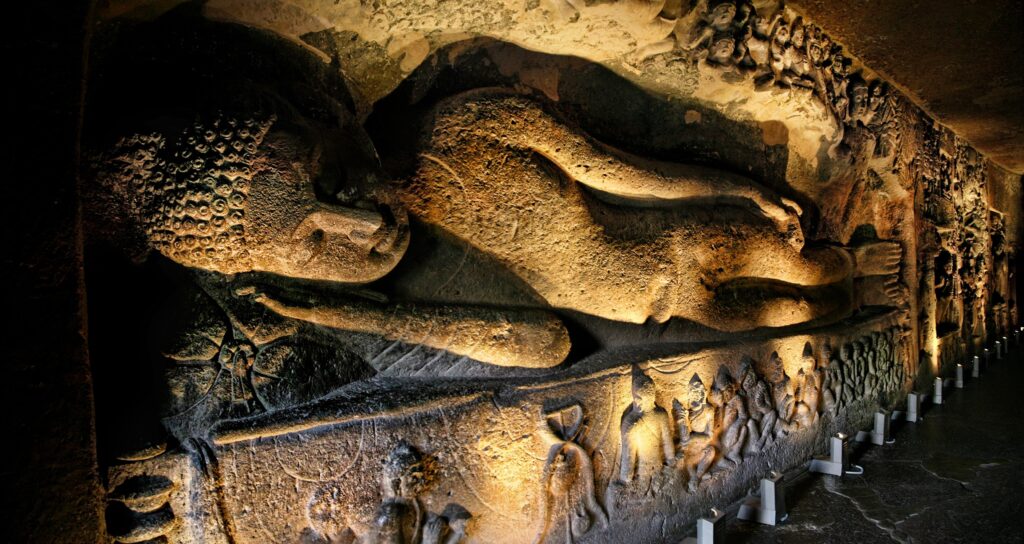
Dating back to the 2nd century BCE to the 6th century CE, the Ajanta Caves are a UNESCO World Heritage Site that beautifully showcase India’s ancient Buddhist heritage. These rock-cut caves are celebrated for their breathtaking murals, delicate carvings, and paintings that narrate the Jataka tales along with episodes from the life of Buddha. Every wall, pillar, and sculpture here reflects the spiritual depth and artistic brilliance of early Indian craftsmanship, making the Ajanta Caves one of the finest treasures of Indian history and culture.
2. Ellora Caves, Maharashtra
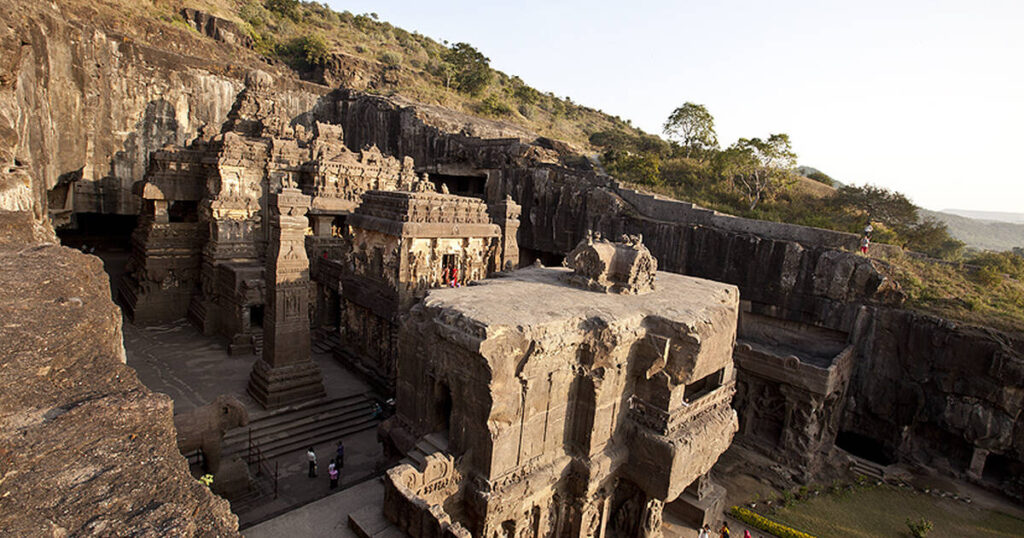
A UNESCO World Heritage Site, the Ellora Caves date back to the 5th–10th century CE and stand as a remarkable example of religious harmony and architectural brilliance. Carved into the Charanandri Hills, this cave complex features an extraordinary mix of Hindu, Buddhist, and Jain monuments. The highlight is the awe-inspiring Kailasa Temple (Cave 16)—a single monolithic structure carved out of solid rock, often considered one of the most remarkable feats of ancient engineering and artistry in the world.
3. Elephanta Caves, Maharashtra
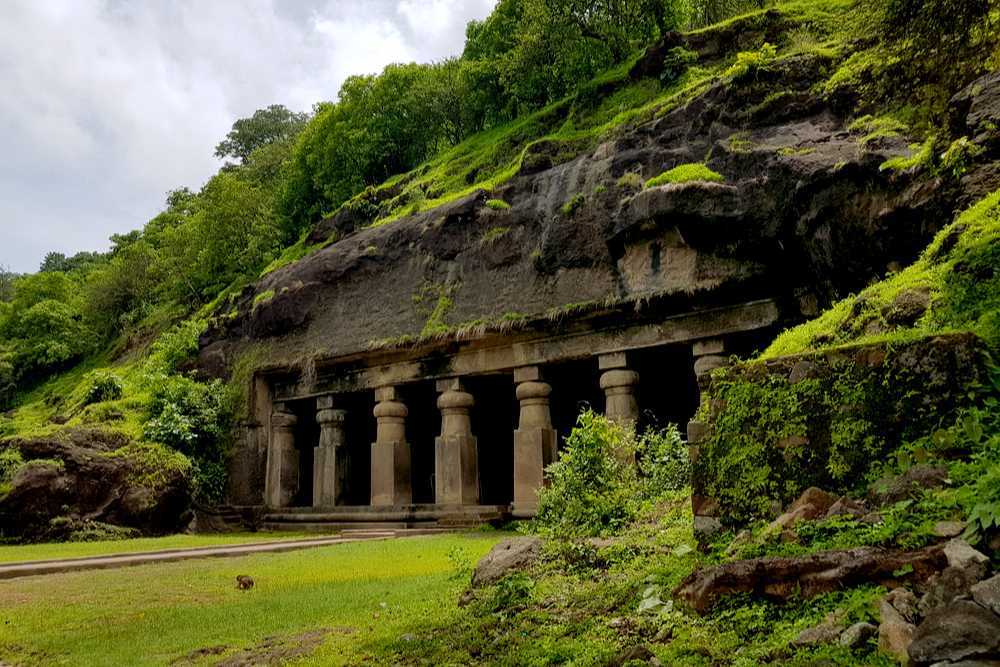
Located on Elephanta Island near Mumbai, the Elephanta Caves are a UNESCO World Heritage Site dating back to the 5th–8th century CE. These rock-cut caves are primarily dedicated to Lord Shiva and are famed for their intricate carvings and grand sculptures. The most iconic highlight is the Trimurti Sadashiva, a colossal three-faced depiction of Shiva that symbolizes his roles as Creator, Preserver, and Destroyer. With its spiritual aura and artistic mastery, Elephanta is one of the most visited and photographed cave complexes in India.
4. Bhimbetka Rock Shelters, Madhya Pradesh
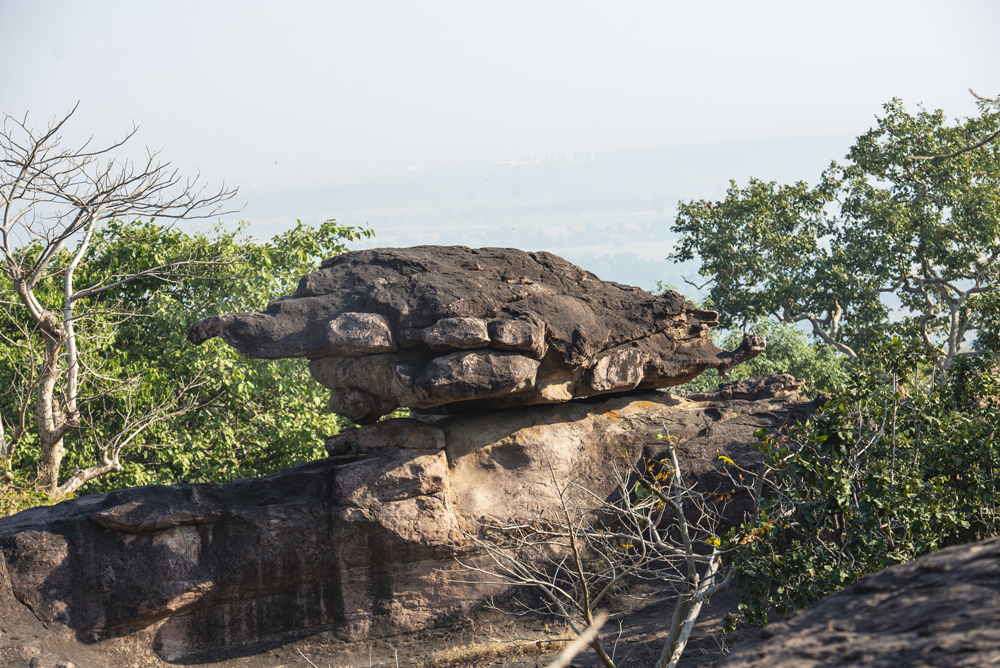
A UNESCO World Heritage Site, the Bhimbetka Rock Shelters are among the oldest traces of human life in India, dating back to the Paleolithic and Mesolithic periods—over 30,000 years ago. These caves are adorned with remarkable rock paintings that vividly portray scenes of early human existence, including hunting, dancing, and rituals. The shelters not only highlight prehistoric creativity but also serve as a window into the evolution of human culture, making Bhimbetka one of the most significant archaeological treasures in the world.
5. Badami Caves, Karnataka
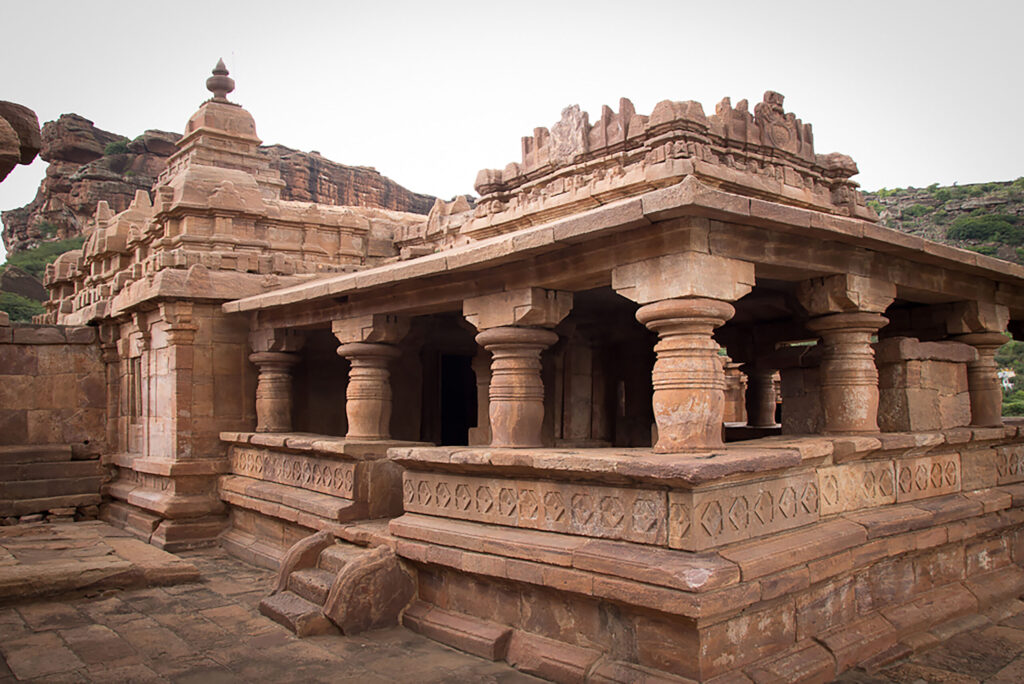
Carved during the 6th century CE under the Chalukya dynasty, the Badami Caves are a stunning showcase of early Indian rock-cut architecture. This complex features both Hindu and Jain temples, adorned with exquisite carvings of deities such as Vishnu, Shiva, and the Jain Tirthankaras. Perched against red sandstone cliffs, the caves offer not just a spiritual and artistic experience but also breathtaking views. Watching the sunset from here is an unforgettable sight, adding to the charm of this historic destination.
6. Udayagiri and Khandagiri Caves, Odisha
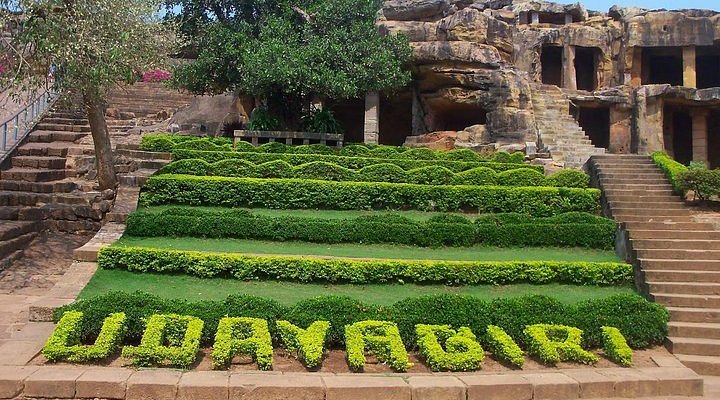
Dating back to the 2nd century BCE, the Udayagiri and Khandagiri Caves were carved under the patronage of King Kharavela of the Mahameghavahana dynasty. These caves hold immense significance in Jain history and culture, featuring beautifully carved facades, meditation chambers, and inscriptions. The most notable is the Hathigumpha inscription, which narrates the reign and achievements of King Kharavela. Well-preserved and historically rich, these caves are among Odisha’s most popular tourist attractions, offering visitors a glimpse into ancient art, religion, and royal legacy.
7. Karla Caves, Maharashtra
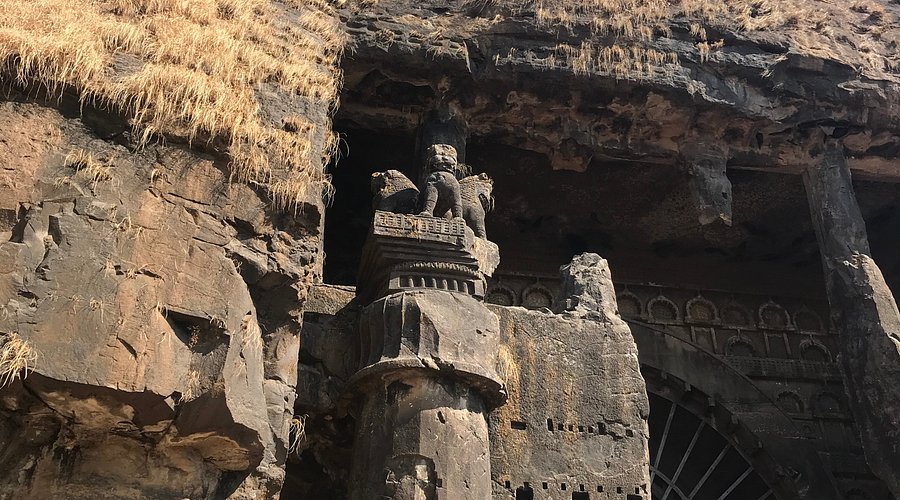
Also known as the Karli Caves, this ancient Buddhist site was built between the 2nd century BCE and the 5th century CE. The caves are most famous for their grand Chaitya hall, which houses a massive stupa and showcases intricate carvings depicting both religious and secular themes. Considered one of the oldest cave complexes in Maharashtra, Karla Caves beautifully highlight the architectural and spiritual achievements of early Buddhism. A visit here is a must-add to your Lonavala itinerary for history, spirituality, and heritage exploration.


